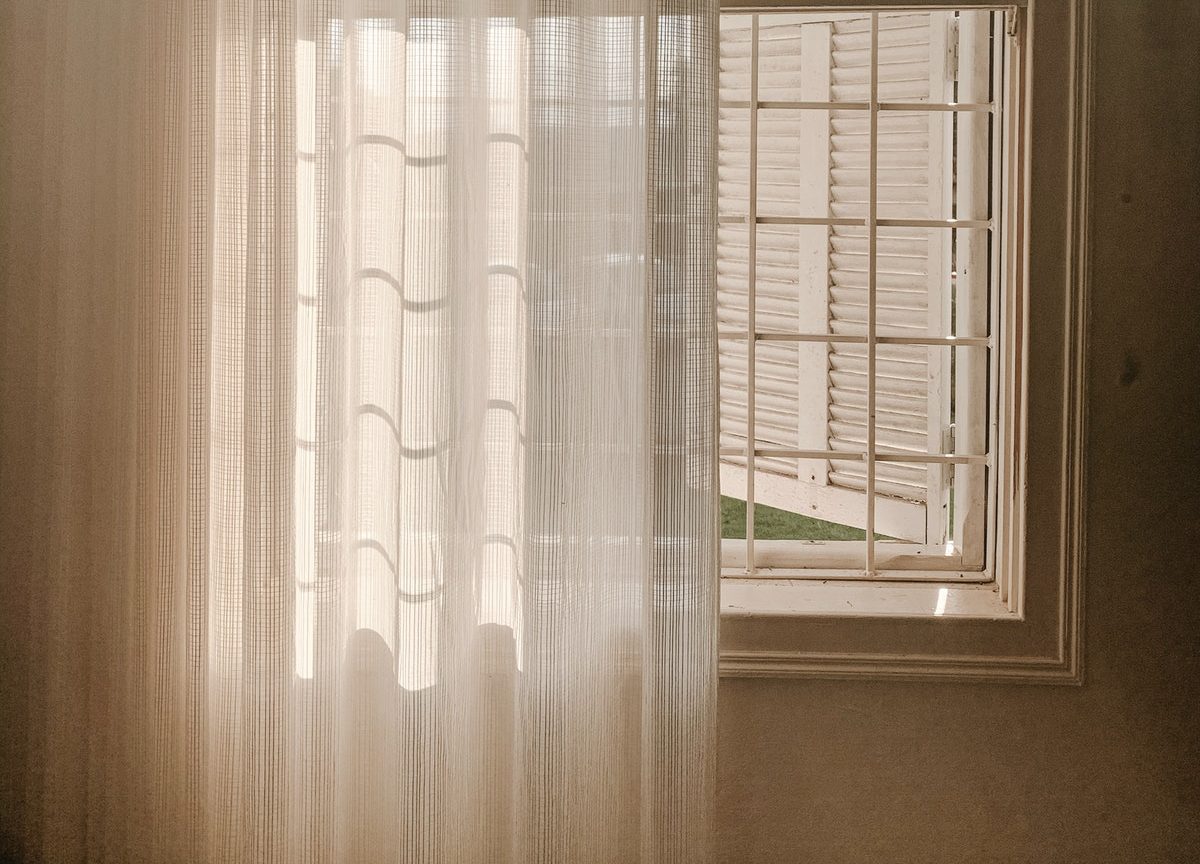It’s not entirely shocking to see mold grow in your house, especially if you have been suffering from too much humidity in your home. Still, you’ll only begin noticing mold when you look for it. For example, if your home experiences flooding, you will most likely see mold behind the drywall and under the flooring or baseboards. But the thing is that these aren’t the only places where mold can hide. Your whole house could become a breeding ground for mold, and you do not know it yet.
If you want to get rid of mold, think about where moisture hides in your home. After all, molds grow in moist and damp environments. If you keep your home dry and well-sanitized, mold cannot grow there. So think hard. Where is mold likely to grow? Where are the damp and moist areas of the house?
Chimneys
Bricks have crevices that could be home to dirt, water, and other organic debris. Exposure to rain and snow can bring moisture and encourage mold to grow. How can you solve this? You must replace the rusted caps and fix the flashing. You should also call a professional chimney cleaner at least every year. That will cost about $300 to remove mold and keep your chimney free from creosote.
Flooring
Do you know that mold can grow between the floor tiles and the foundation? If you rip your floorboards open, you will be surprised to see that there might be mold there. Water can seep into the floorboards and make the space between the floorboards and concrete moist and damp. These dark and moist areas are what mold wants. If you are planning to retile your floors, ask the contractor if they follow the ASTM F3010 standard, a moisture mitigation system used for under resilient floor coverings.
Refrigerator and Oven Drip Pans
Are you surprised? Admit it, you haven’t been cleaning the drip pans that regularly. Pull it out now. You will be shocked to find that they are full of mold. That’s because the drip pans catch the water that drips from the dishes you cook in the oven and the food you keep in the refrigerator. Cleaning the drip pans should be a part of your routine. You must spray it with a hydrogen peroxide solution before wiping it dry. It will help if you can also clean the floor underneath the refrigerator and oven.
Window Seals

The seals in the window prevent water from coming into your house. But it also traps the water, which means there’s high condensation there. Mold loves the moisture that the window seals present to them. Add to that the fact that dirt and dust can be commonly found there, and it becomes the perfect breeding ground for mold. Make it a habit to open your windows, especially after heavy rains. Dry the window seals with a clean cloth and remove the dirt and dust there to deprive mold of food.
Air Conditioners
You know that air conditioners can trap moisture, but do you know that mold also grows there? If you don’t normally run the air conditioner, mold will soon grow there courtesy of the moisture trapped inside the unit. If it’s winter and the air conditioner has no use, make sure to clean and dry its components, including the pans and coils.
If mold did grow inside your air conditioner, you’d have to call a mold remediation company for that. They will charge you between $400 and $1,000, so you’d better make sure to take care of your unit so you won’t have to waste money on having professionals clean it. You can also get a separate HEPA filter attachment to keep the air from the air conditioner clean and filtered.
Dishes
Do you know that mold can grow in your dishes, too? If you wash the dishes and stack them against each other, you’re creating a tiny space where mold can grow. This happens if you don’t use such dishes often. To prevent this, you have to clean the dishes dry before stacking them or putting them against each other. You also need to wipe the cabinets where you keep the dishes with a vinegar-soaked rag.
Aside from the common areas—basement and attic—where mold can grow, you should also look at the spaces in your home that are moist, damp, and dark. Mold loves such places, and you should avoid having those as much as possible. As you know, mold causes respiratory problems, so it’s not just about how aesthetically unpleasing they look but also that they can cause health problems.

